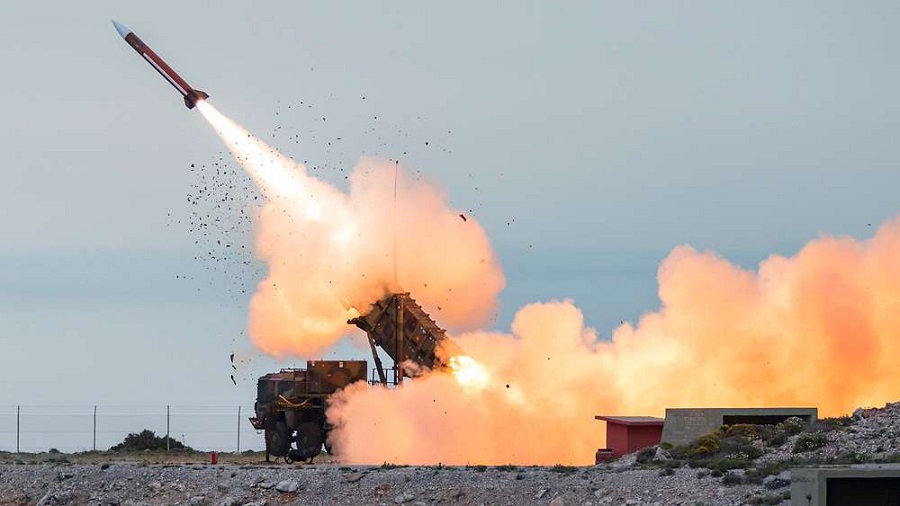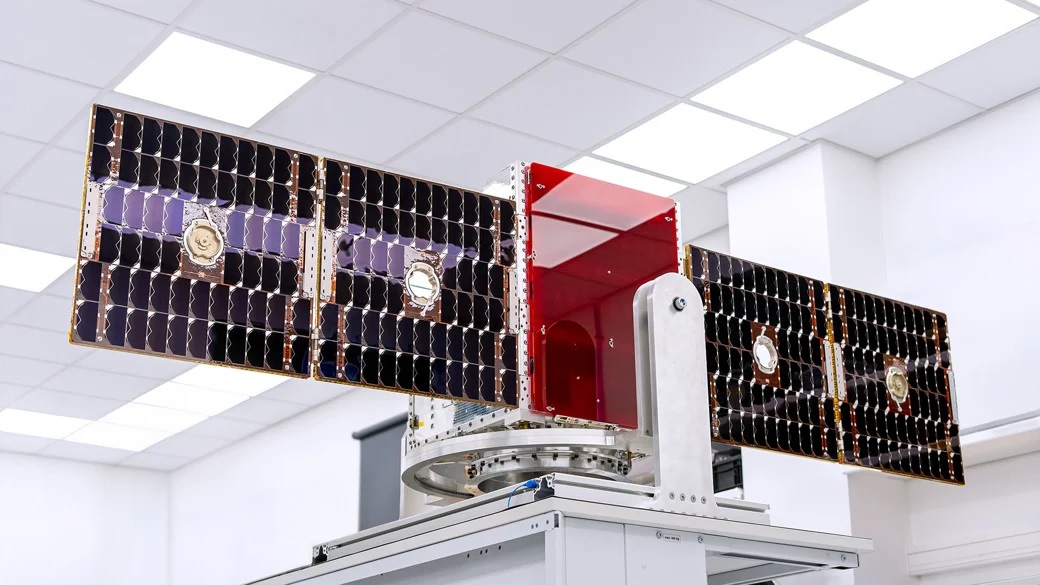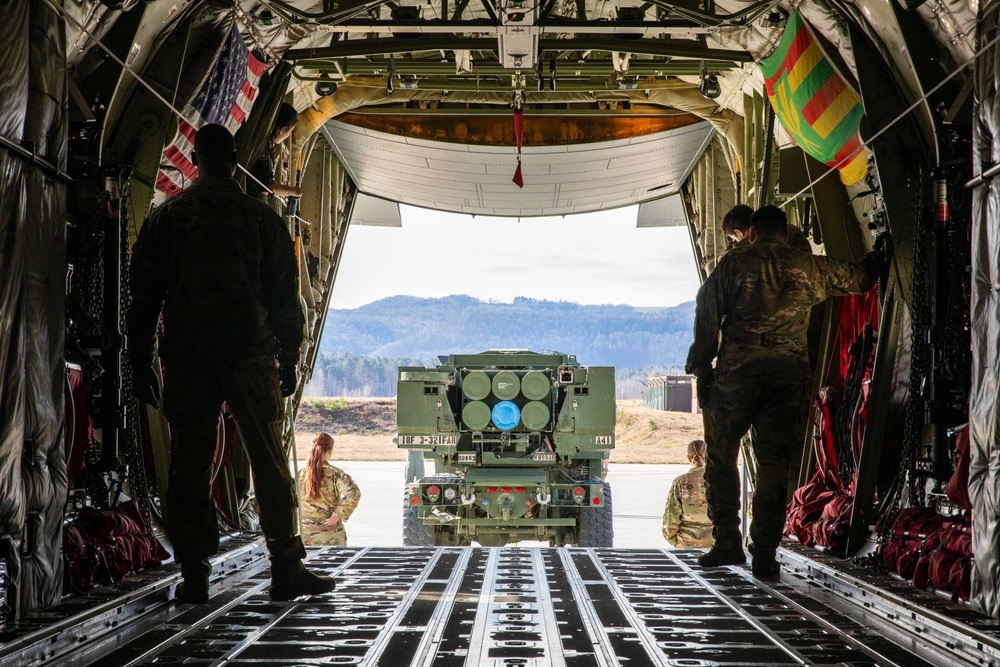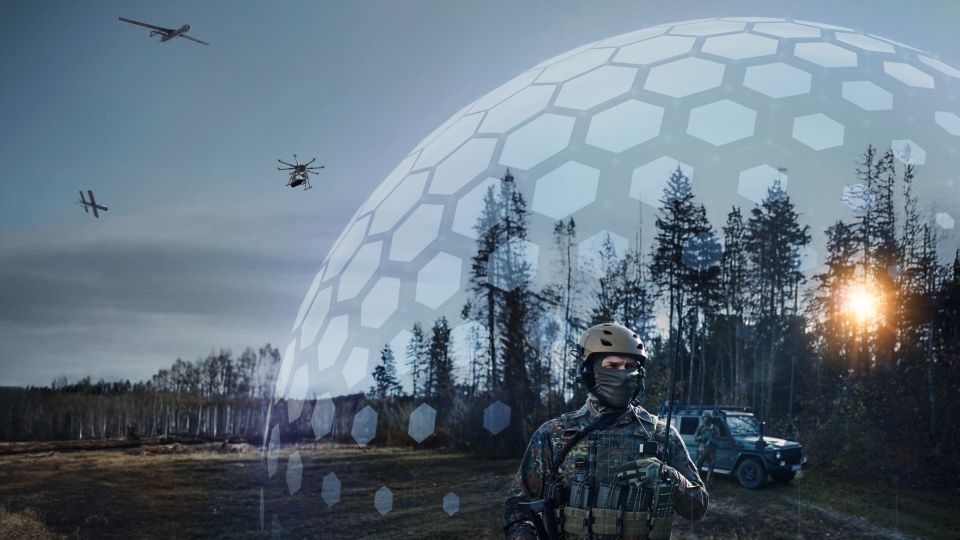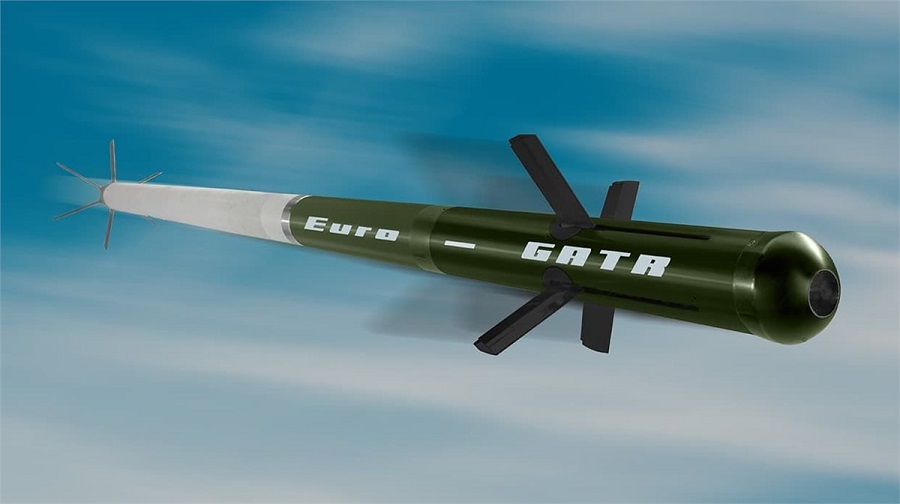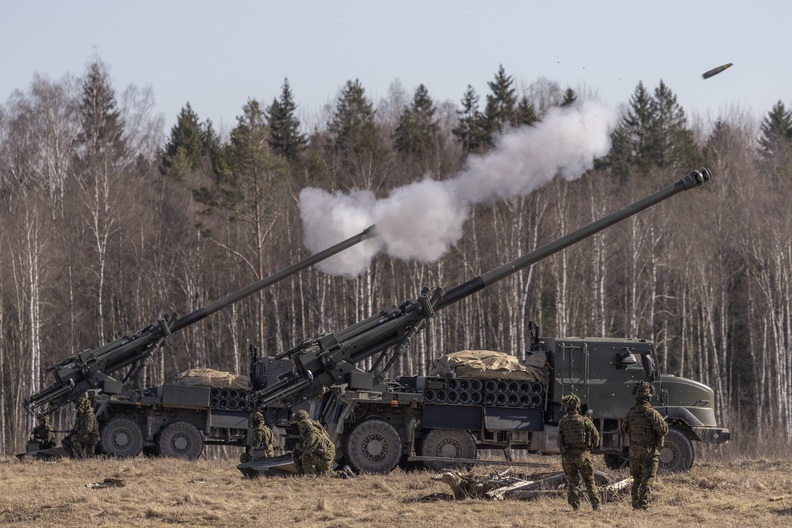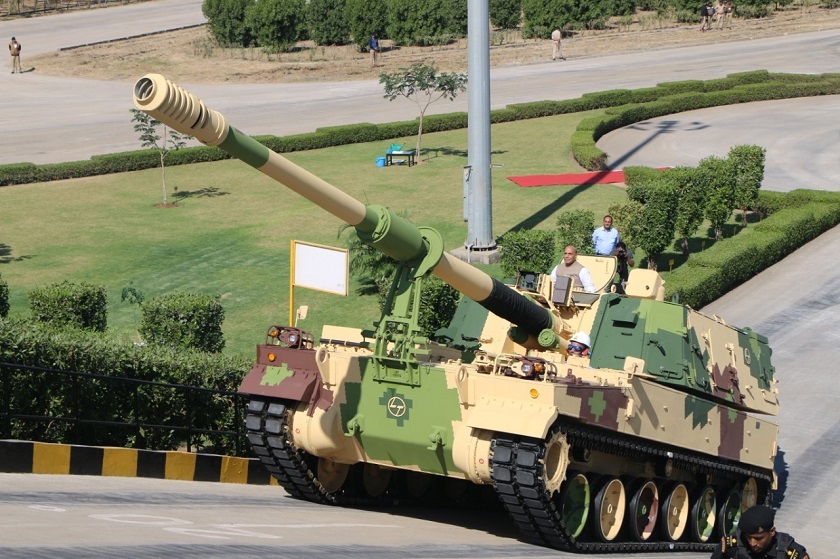Both partners are convinced that European armed forces need a new 100% European engine with advanced design maturity and affordable operating and maintenance costs, to power a military helicopter to enter service by 2040. Developing this next-generation engine demands efficient project management and quick and flexible decisionmaking. MTU Aero Engines and Safran Helicopter Engines have therefore forged a strong alliance that will form the core of an extended European partnership involving industrial partners from several other European nations.
“This alliance project led by Safran Helicopter Engines and MTU Aero Engines is set to ensure European sovereignty for the ENGRT project”, said Cédric Goubet, CEO of Safran Helicopter Engines. “the engine design will be perfectly adaptable to the future helicopter requirements, while incorporating breakthrough technologies such as hybrid-electric propulsion. It will be one of the most important collaborative programs in the history of European defense. Safran Helicopter Engines and MTU have long-standing experiences in leading joint industrial ventures, thereby conducive to the success of this new alliance.”
One of the main goals of this collaboration is to favor a future specific call for military helicopter engines in the European Defense Fund (EDF). Safran Helicopter Engines and MTU Aero Engines would then respond together with a capable consortium of partners.
The ENGRT project will explore technology options in anticipation of the next generation of military rotorcraft slated to enter service by 2040. The project will analyze future military requirements in this area in cooperation with European armed forces. Concepts of potential operations will be defined and tested using simulation tools. Different configurations of rotary wings will be studied: conventional, convertible or hybrid helicopters. Operational simulations will be set up to evaluate these options and the different mission scenarios. The project will also lead to the establishment of a roadmap and strategy regarding the modularity of future platforms, the maturation of required technologies, production methods, life-cycle costs and maintenance concepts.




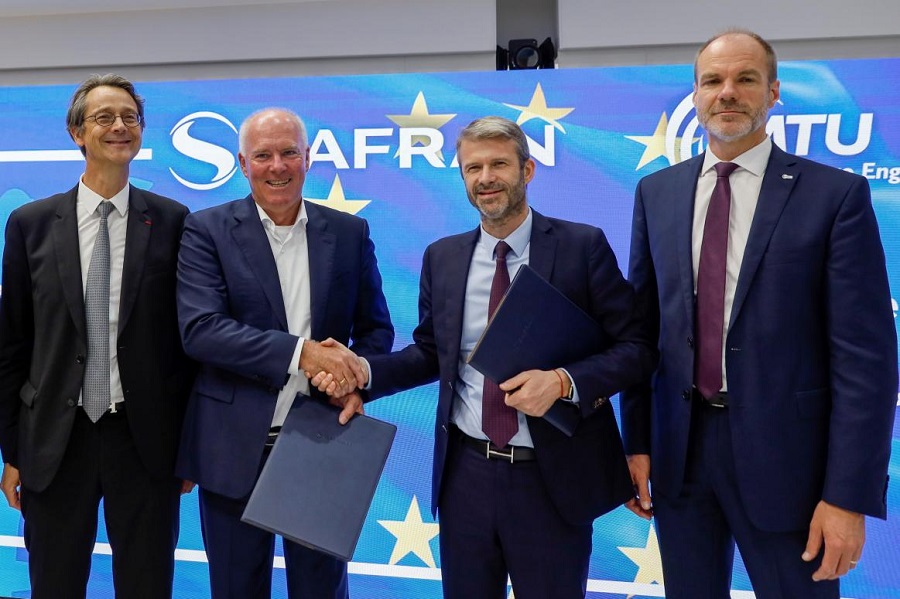

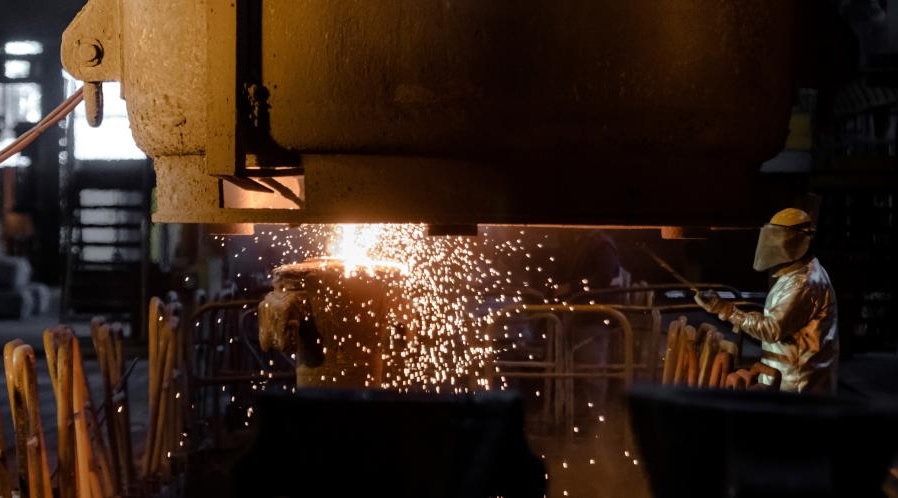





![Leidos completes successful flight test of Black Arrow Small Cruise Missile [VIDEO]](https://defence-industry.eu/wp-content/uploads/2025/04/Leidos-completes-successful-flight-test-of-Black-Arrow-Small-Cruise-Missile-VIDEO.jpg)






